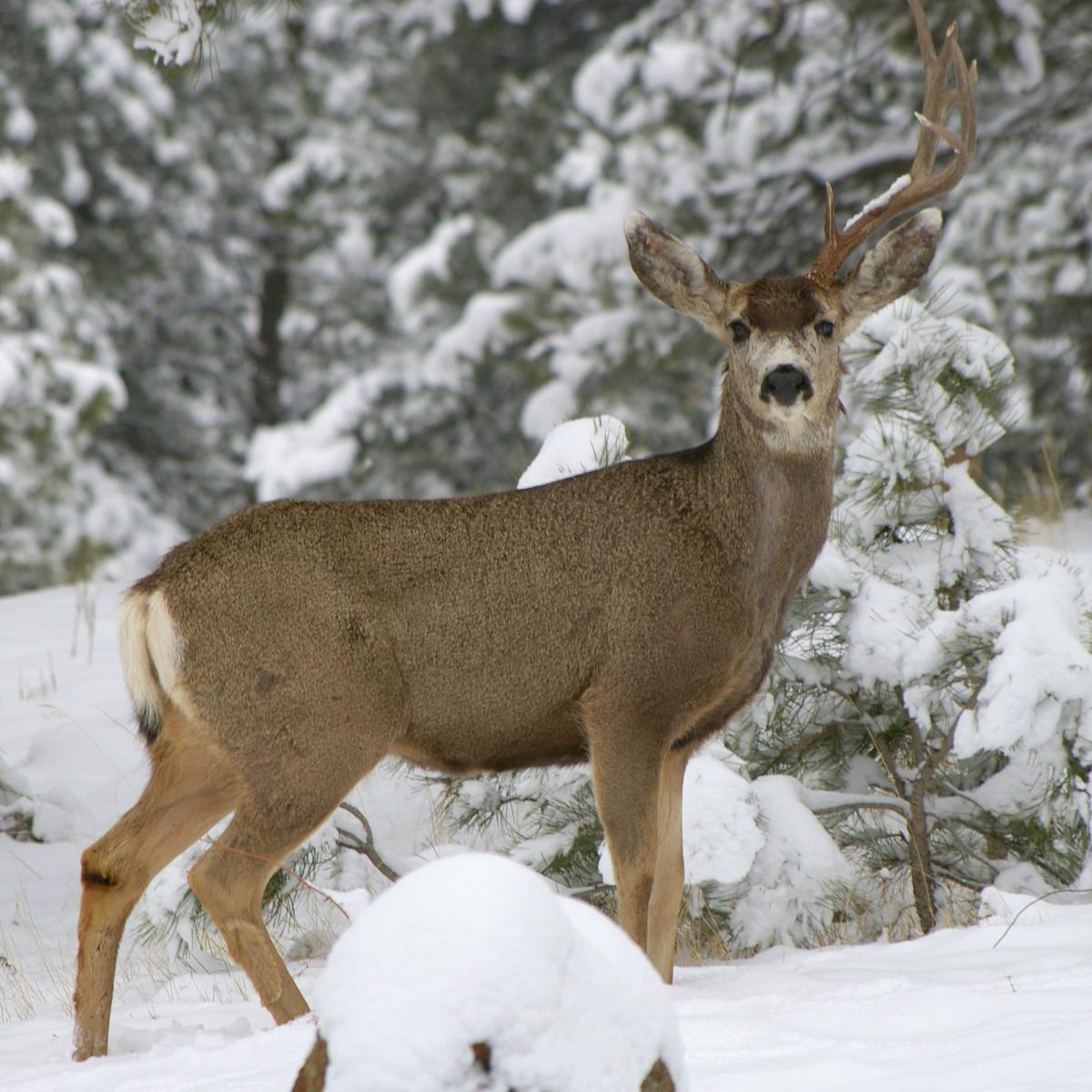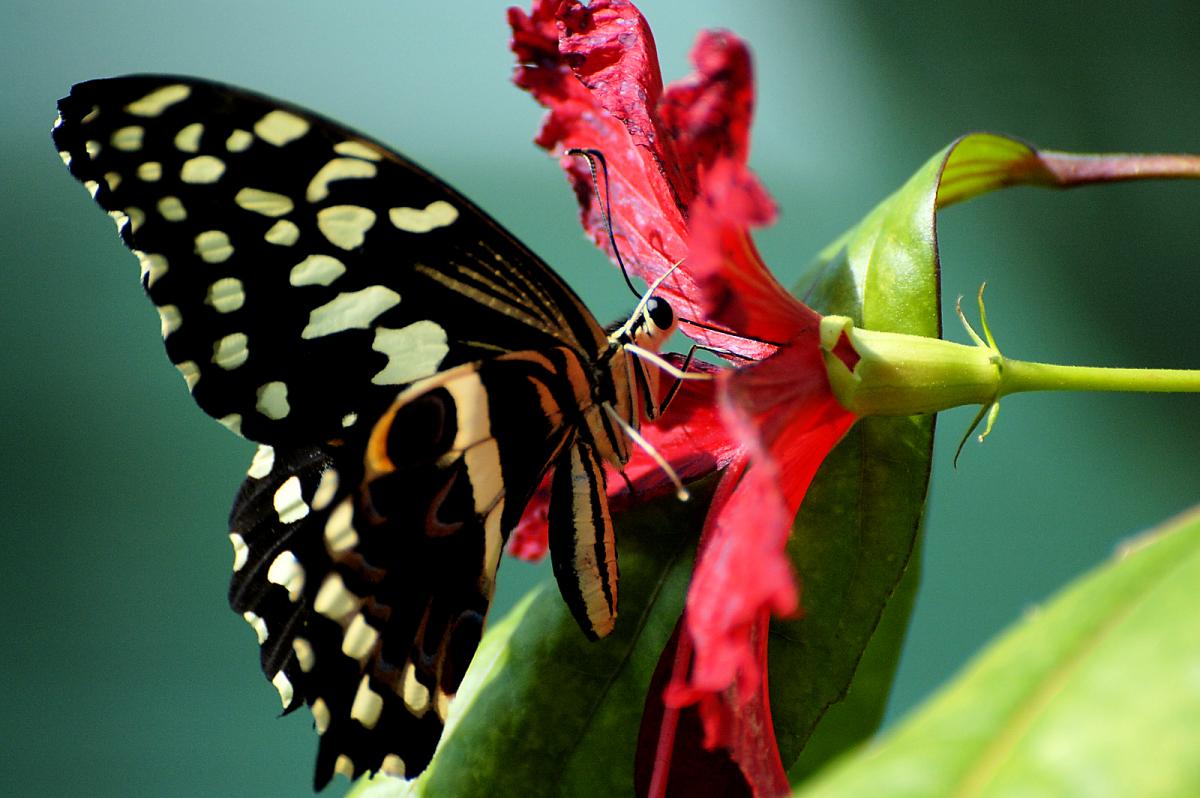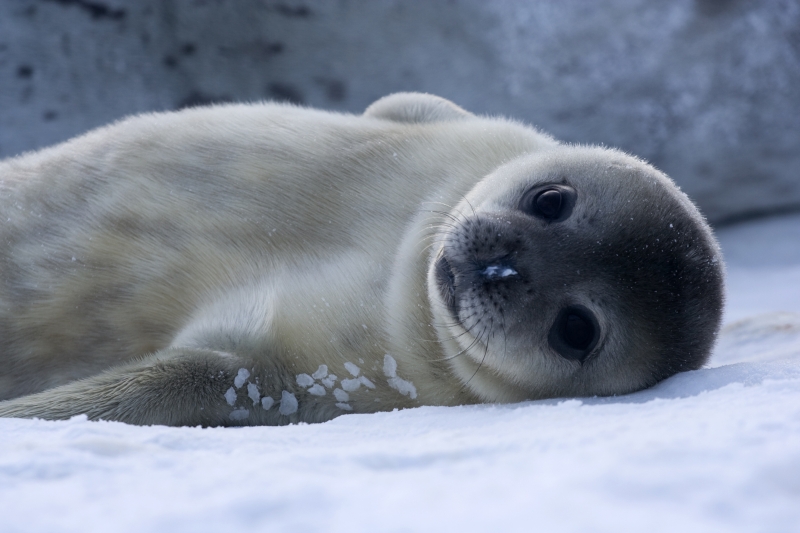If you followed along in the comments to Part 1 and Part 2, you will have noticed that a few readers, particularly John Harshman, brought up a very good point: that the “Evolution Misconceptions Diagnostic” should really be called the “Natural Selection Misconceptions Diagnostic.” As Harshman pointed out, using “evolution” in the stead of “natural selection” is itself a misconception, one I covered early on in this blog. I relayed this comment (as well as another about a particular question on the diagnostic, which I will cover below) to the folks at UCMP, which hosts the diagnostic on its site. They agreed and will be changing the name. Hooray! Well done, readers.
Now, on to the answers!
1. A given plant population is pollinated exclusively by a particular bee. A wet spring leads to a disease that wipes out all of the bees in the plant’s habitat. What is the likely outcome for this plant population?
a) A mutation will arise which will allow the plants to be pollinated by other insects.
b) Because they need to change their pollinators, some plant individuals will adapt to be pollinated by other insects.
c) This plant population will die off.
d) Enough variation exists within the plant population to allow it to adapt to any environmental challenge.
Answer: C
- Option A assumes that the helpful mutations will arise when organisms need them. A clue to the wrongness here is the future tense. Also note the use of the verb “allow.” I won’t go so far as to say that it is impossible to use “allow” appropriately when talking about evolution, but I would say that I recommend against it. Why? Because “allow” presumes permission, which itself presumes conscious action, which is generally (cases of artificial selection aside) not involved in evolution. “Enable” is a much better choice.
- Option B has the dreaded “need,” so hopefully none of you were tempted to choose it. Moreover, this option, if you read it carefully, also suggests that some of the individual plants will evolve in their lifetimes.
- Option D, like option A, uses the verb “allow.” Additionally, the reference to “any environmental challenge” is worthy of suspicion. If you ever took a test prep course for the SATs or GREs, you’ll have been told that such extreme and sweeping answers are never right, especially when the answer is set up with the qualifier “most likely.” In this case, I’d say it’s highly unlikely that there’d be enough variation to survive even the one environmental change we’re told about, that of the plants’ exclusive pollinator disappearing, let alone all possible changes.
 2. Male deer (bucks) in a given population are reaching sexual maturity with smaller antlers than they did in the past because antler growth rate has decreased. Some biologists suggest that this change is related to hunting because bucks with larger antlers are most prized and therefore taken by hunters more often than bucks with smaller antlers. Which statement best explains the decreased antler size of the buck population?
2. Male deer (bucks) in a given population are reaching sexual maturity with smaller antlers than they did in the past because antler growth rate has decreased. Some biologists suggest that this change is related to hunting because bucks with larger antlers are most prized and therefore taken by hunters more often than bucks with smaller antlers. Which statement best explains the decreased antler size of the buck population?
a) The bucks know that if they grow big antlers, they will be hunted before they can reproduce, so they grow their antlers slowly and reproduce as quickly as they can.
b) Because bucks with large antlers are taken most often, more mutations occur to help the deer population reproduce before growing large antlers.
c) Bucks that reproduce with smaller antlers are likely to have more chances to reproduce because they are not as likely to be taken by hunters. They then pass on their slower antler growth rate to their offspring.
d) All bucks in the population reduce their antler growth rate so that the entire population has smaller antlers.
Answer: C
- Options A and D assume a conscious will on the part of the deer: they “know” that big antlers are a bad thing, so they slow down their growth. I think that we can agree that organisms cannot exert their will over biological processes in this way. (Which is good for the cosmetic surgery industry.) These options are also both wrong because they suggest that individual deer will evolve in their lifetimes.
- Option B assumes advantageous mutations can be evoked when needed. This is of course wrong for two reasons—mutations, in general, can’t be conjured up on demand, and when they do appear, the good ones aren’t likely to be more common than the bad and neutral ones.
3. Individuals in a large insect population display wide variation in the shape of their nectar-gathering mouthparts. A new food source, with flowers of different shapes, replaces the previous one, and insects with shorter, thicker mouthparts are much more efficient at gathering nectar from the new type of flower. Over multiple generations, what will likely happen to the variation of mouth parts within the population of insects?
 a) The variation in mouth parts will remain exactly the same, because variation occurs randomly.
a) The variation in mouth parts will remain exactly the same, because variation occurs randomly.
b) Shorter, thicker mouth parts will become more prevalent in the insect population, although some variation will continue to exist.
c) The change in food source will lead to the occurrence of more mutations that result in shorter, thicker mouth parts.
d) Because natural selection favors shorter, thicker mouth parts, all individuals will have short, thick mouth parts after multiple generations.
Answer: B
- Option A ignores the non-random selection element of this situation. Yes, mutations are random—that is, in the sense that their appearance isn’t correlated with their likelihood to contribute to fitness. But this scenario clearly implies that natural selection will occur, and that is not a random process.
- Option C again ignores the principle that there are no mutations on demand, especially only helpful ones!
- Option D, though wrong, provides a chance to link to a past post! Natural selection almost never causes all-or-nothing shifts in a population. The fact that some variants have an advantage does not mean those without those advantages are doomed.
4. In an experiment with a particular bacterial species, you plate 100 samples in separate petri dishes. Half of these, group A, have all necessary nutrients, while group B have low levels of one important nutrient. All petri dishes are placed in an incubator and are treated identically. After several weeks, you measure colony growth and find that the colonies in group B are, on average, 4 mm smaller in diameter than those in group A. What is the most reasonable explanation?
a) You didn’t keep Group B warm enough compared to Group A.
b) Among the bacteria in Group B, the ability has evolved to grow more slowly when the important nutrient is present in lower amounts.
c) The growth rate of bacteria in Group B is lower due to limitation of the one important nutrient.
d) Natural selection is operating by selecting for slower-growing bacteria in Group B.
Answer: C
- No specific misconception is on display in option A; rather, the answer does not match the information in the question—if all of the dishes were placed in the same incubator, then they were all kept at the same temperature.
- Options B and D may have sounded pretty good at first read—it’s bacteria! They reproduce (and therefore evolve) quickly, right? If anything can appear to evolve on demand, it’s bacteria, right? But if you examine these options more carefully, they seem less and less likely, especially when compared to the correct answer, C. If you remember basic experimental design, the independent variable in this set-up is the amount of nutrients present and the dependent variable is the bacterial growth rate. Any differences seen are far more likely due to the independent variable than anything else.
5. Researchers recently discovered that the diets of young coyotes can affect their biting ability as adults. Coyote pups from the same litter were split into two groups: one that gnawed on animal bones (bone-gnawers), and one that was fed exclusively a soft diet similar to canned dog food (non-gnawers). As adults, the bone-gnawers had significantly shorter and wider mouth bones and bigger chewing muscles. They were also able to eat rawhide treats 1.5 times faster than the non-gnawers. If bone-gnawers were only allowed to mate with bone-gnawers and non-gnawers with non-gnawers, what would you expect to find among the offspring?
a) All of the offspring of the bone-gnawers will inherit their parents’ bone-gnawing anatomical changes.
b) The non-gnawers will develop anatomical features similar to the bone-gnawers.
c) The parents’ anatomical traits for bone-gnawing and non-gnawing will not be passed on to the offspring.
d) The non-gnawers will inherit other features that allow them to gnaw bones more efficiently.
Answer: C
- You didn’t fall for acquired characteristics by picking option A, did you? Lamarck was definitely wrong (yes, even in light of epigenetics).
- The question is about the offspring, but option B is about the parents, and suggests that the non-gnawers will end up like the gnawers for some reason… so it not only doesn’t answer the question, but it also doesn’t make much sense.
- Option D is a mess. It suggests that the non-gnawers will produce non-gnawer offspring (acquired characteristics) and also that somehow, the offspring will “make up for it” by inheriting other characteristics from their parents, or from the ether—it’s unclear.
6. Why do some traits, such as thicker fur or flowers of different colors, evolve over time within a population of organisms?
a) Organisms with these traits survived longer and had more offspring than other organisms in the population, so their traits were passed on to more offspring.
 b) Such traits are necessary to ensure survival of the species.
b) Such traits are necessary to ensure survival of the species.
c) These traits evolved randomly, and just happened to persist over time.
d) These traits evolve in response to environmental challenges, ensuring that the population will survive any changes in its habitat.
Intended Answer: A; Actual Answers: A or C
This was the question that John Harshman criticized, and rightly so. He pointed out that option C should be an acceptable answer, noting that characterizing evolution as entirely adaptive is just as bad as characterizing it as entirely random. He was totally right. I passed this along to UCMP, and they plan to edit the question to read, “Why do some adaptive traits, such as thicker fur or flowers of different colors, evolve over time within a population of organisms?" It’s not a perfect solution, since it’s a bit tautological, but "adaptive" definitely implies "evolved via natural selection” and since the aim of the item is to identify ways that people misconstrue natural selection (and remember, the diagnostic is being renamed!), I think that that change works. Do you agree?
- I hope we can all agree that option B is a no-go? There is no need in evolution, after all…
- Option D is likewise a non-starter, as it’s got that sweeping, extreme phrase “any changes in its habitat.”
And that’s a wrap! Thanks so much for playing along. I’ll be back next Monday with a fresh Misconception Monday!
Speaking of…Have an idea for a future Misconception Monday or other post? See some good or bad examples of science communication lately? Drop me an email or shoot me a tweet <at>keeps3.
Diagnostic authors: Understanding Evolution teacher advisors Jean DeSaix, Jennifer Katcher, Lisa Urry, and Calvin Young, with Pearson Education editors Chalon Bridges and Josh Frost. Adapted with permission from Pearson Education and also available through Mastering Biology. Copyright 2011 by The University of California Museum of Paleontology, Berkeley, and the Regents of the University of California.

